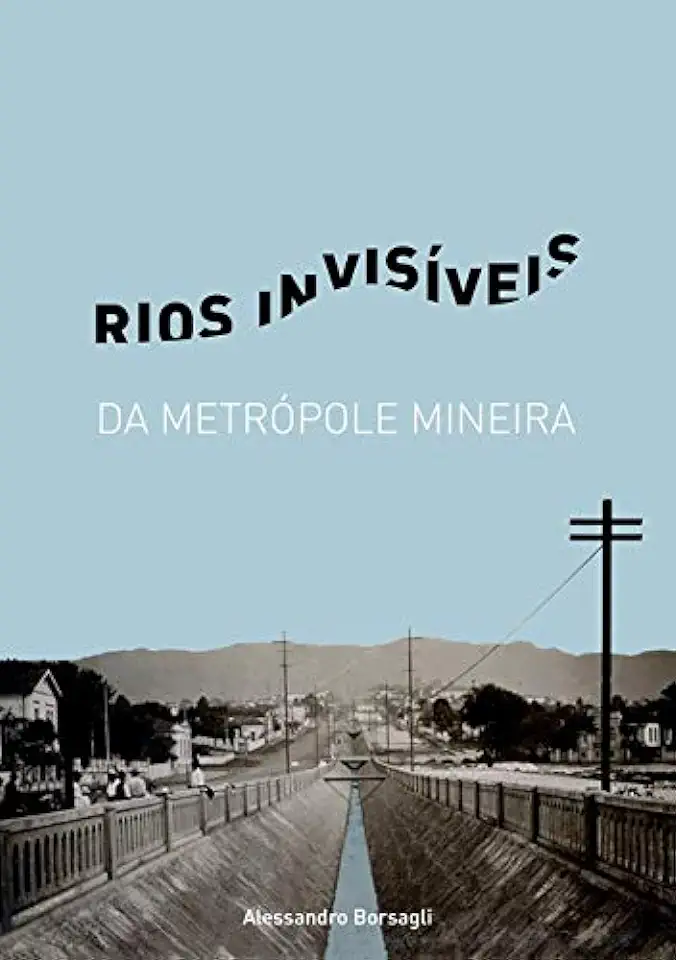
Invisible Rivers of the Mining Metropolis - Borsagli, Alessandro
Invisible Rivers of the Mining Metropolis: A History of Water in Johannesburg
Introduction
In his book, "Invisible Rivers of the Mining Metropolis: A History of Water in Johannesburg," Alessandro Borsagli tells the story of how water shaped the development of Johannesburg, South Africa. From its humble beginnings as a small mining town to its growth into a bustling metropolis, Johannesburg's history is inextricably linked to the water that flows through it.
Water and the Mining Industry
The discovery of gold in the Witwatersrand in 1886 sparked a massive influx of people to Johannesburg. This sudden population growth put a strain on the city's water resources, and the mining industry was quick to capitalize on this opportunity. Mining companies began to build dams and reservoirs to store water for their own use, and they also began to pollute the city's rivers and streams with mining waste.
The Impact of Water on Johannesburg's Development
The availability of water was a major factor in the development of Johannesburg. The city's growth was limited by the amount of water that was available, and the mining industry's control over water resources gave them a significant amount of power. This led to a number of conflicts between the mining companies and the city government, as well as between the mining companies and the black African population of Johannesburg.
Water and Apartheid
The apartheid regime in South Africa used water as a tool of control. The government built dams and reservoirs to provide water to white South Africans, while black South Africans were often left without access to clean water. This inequality in access to water had a devastating impact on the health and well-being of black South Africans, and it also contributed to the social and economic disparities that exist in South Africa today.
The Future of Water in Johannesburg
The future of water in Johannesburg is uncertain. The city is facing a number of challenges, including climate change, population growth, and pollution. However, there are also a number of opportunities for Johannesburg to improve its water management. By investing in water conservation and infrastructure, Johannesburg can ensure that it has a sustainable water supply for the future.
Conclusion
"Invisible Rivers of the Mining Metropolis" is a fascinating and important book that tells the story of how water shaped the development of Johannesburg. Borsagli's book is a must-read for anyone interested in the history of Johannesburg, the history of water, or the history of South Africa.
Why You Should Buy This Book
"Invisible Rivers of the Mining Metropolis" is a well-written and engaging book that is sure to appeal to a wide range of readers. Borsagli's research is impeccable, and he presents his findings in a clear and concise manner. The book is also full of fascinating anecdotes and stories that bring the history of Johannesburg to life.
If you are interested in learning more about the history of Johannesburg, the history of water, or the history of South Africa, then I highly recommend that you buy this book. You will not be disappointed.